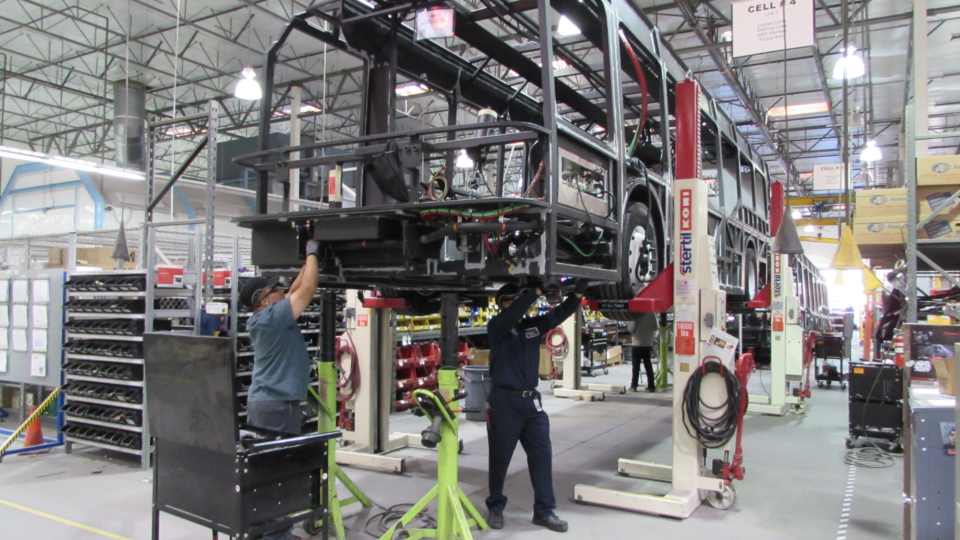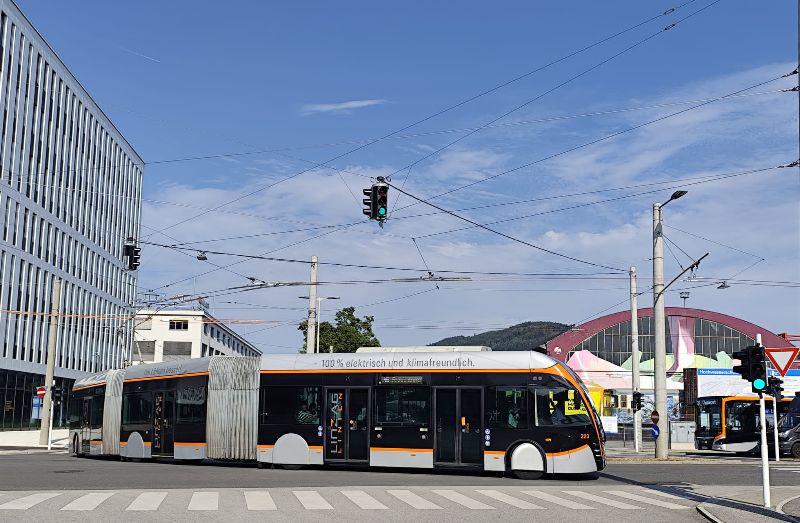TCO and financing models. Focus on “The economics of zero emission buses” at the Sustainable Bus Tour web event (VIDEO AVAILABLE)
Today, 19th May, we have been broadcasting the web event “The economics of zero emission buses. Costs, trends and tools to support the transition“, featuring introductions by Bocconi University and UITP and contributions by Transport for London, TMB Barcelona, Iveco Bus, ChargePoint, Stratio, Volytica Diagnostics, Enel X. SLIDES ARE AVAILABLE FOR DOWNLOAD BELOW As zero […]

Today, 19th May, we have been broadcasting the web event “The economics of zero emission buses. Costs, trends and tools to support the transition“, featuring introductions by Bocconi University and UITP and contributions by Transport for London, TMB Barcelona, Iveco Bus, ChargePoint, Stratio, Volytica Diagnostics, Enel X.
SLIDES ARE AVAILABLE FOR DOWNLOAD BELOW
As zero emission bus volumes grow, the spotlight moves on the ways to make the transition affordable, and how to finance it. Which is the breakeven point on a TCO basis between electric and diesel buses? To what extent maintenance costs are going to be lower? How decrease in battery prices will impact zero emission bus costs?
Building on the first edition held in 2021 with two web events gathering over 2,000 single attendees and 11 partners, the Sustainable Bus Tour is back in 2022 with a schedule made of four webinars that are pursuing the goal of discussing key issues and outlooks of the public transport sector with the participation of operators, manufacturers, providers of components and technologies.
The topics of today’s webinar
E-bus upfront prices are among the barriers for their adoption. As zero emission bus volumes grow in Europe, the spotlight moves on the ways to make the transition affordable, and how to finance it.
Fundings has been provided by the EU and national governments, as the path for zero emission in public transport has been set. Technical issues have been left behind, financial issues are still in place. A look at best practices, outlooks and analysis, trying to outline challenges and opportunities.
THE AGENDA
✔️ Oliviero Baccelli, Academic Fellow Department of Social and Political Sciences, Bocconi University
✔️ Arno Kerkhof, Head of Bus Division, UITP
✔️ Tom Cunnington, Head of Bus Business Development, Transport for London
✔️ Josep Maria Armengol, Director of Bus Technology, TMB Barcelona
✔️ Jean-Marc Boucheret, Sustainable Mobility Manager, Iveco Bus
✔️ Alexander Schabert, Senior Director Global Bus Sales, ChargePoint
✔️ Valerio Vadacchino, Head of eBus Global e-City, Enel X
✔️ Claudius Jehle, CEO, Volytica Diagnostics
✔️ Miguel Franco, VP Business Development, Stratio
E-bus market in the spotlight: upscale is underway
A look at the market: European countries have witnessed the entry in operation of over 3,000 e-buses in 2021 (+50 percent on 2020). E-buses last year accounted for over 20% of the city bus market (21.7, being specific). It means a constant growth compared to the 12% in 2019 and 15% in 2020.
The 2021 share of e-buses is in line with the 22.5% of zero emission buses mandatory in public tenders in Western European countries (as decided upon the EU Clean Vehicle Directive). On the other side of the Atlantic Ocean, Zero emission bus deployment in the US has been growing 27% in 2021.
A third of the 200,000 buses in European public transport will be zero-emission by 2030, reads a recent report by financial consulting company ING. In that year, according to the firm, zero emission buses will cover two thirds of the new city bus registrations.
The Sustainable Bus 2022
The financial case for zero emission buses is one of the subjects of this year edition of the Sustainable Bus Tour, together with the ways for energy transition out of city centers. Finally, a focus on the other mega trend affecting the future of public transport: digitalization and IT, with a focus on the paradigm of Mobility as a Service.
17 March, with Hitachi Energy on charging strategies
In chronological order, the first event of the year has been the ‘extra webinar’ “Powering the future of public transport. Charging strategies for bus fleets“, supported by Hitachi Energy.
UITP, VDV, cities embarked in energy transition projects have been be joining the panel, together with Hitachi Energy delegates, telling about how technologies and strategies are shaping the future of urban mobility. Needless to say, the way an operator powers an e-bus fleet demands a clear understanding how the city will evolve in the future. Developing a future-proof charging strategy is essential for city and public transport operators.








